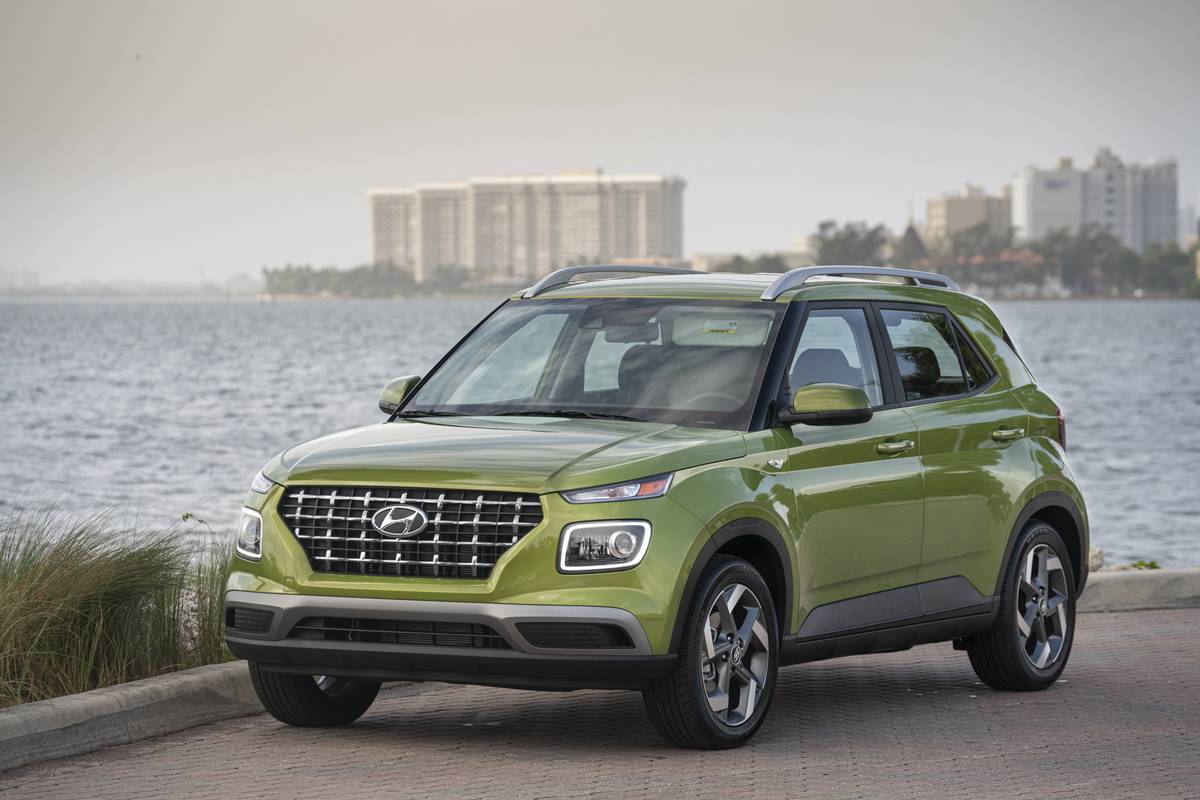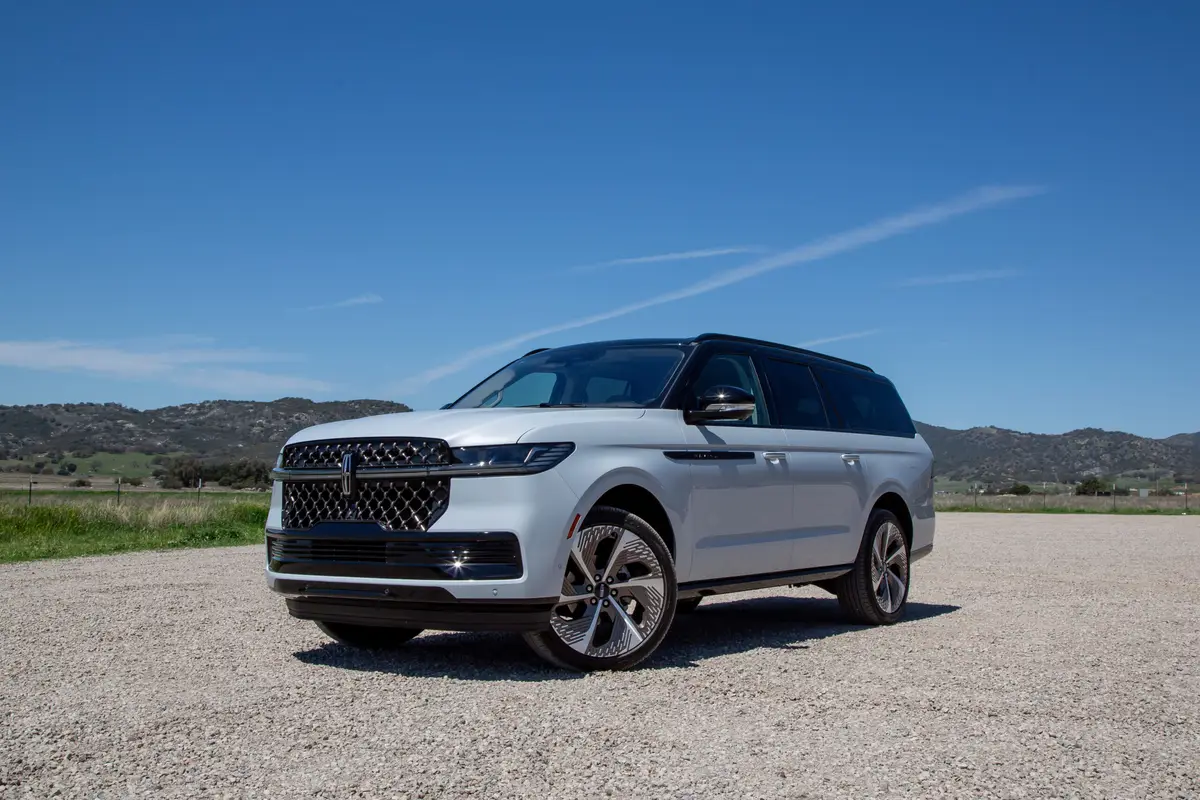2011 Nissan Leaf: What's New
Vehicle Overview
The 2011 Nissan Leaf is the nation’s first purely battery-electric mass-market consumer vehicle. Its slow rollout starts with Arizona, California, Oregon, Tennessee and Washington in December 2010. Hawaii and Texas will get theirs in January. Florida, Georgia, Maryland, North Carolina, Virginia and Washington, D.C., will follow in spring. The rest of the country will have to wait until late 2011. The 2011 model year’s allotment has already been reserved.
With no onboard range-extending generator like the Chevrolet Volt’s, the Leaf has a range of roughly 100 miles, period. A five-seat compact four-door hatchback, the Leaf SV carries a base price of $32,780, but a federal tax credit brings it down to $25,280. State incentives can knock thousands more off the price. Nissan will also lease the Leaf for $349 per month for 36 months after $1,999 down.
Standard features include a 120-volt trickle charger, a navigation system, wireless connectivity and the ability to schedule charge times via web or smartphone. The SL trim level, priced at $33,720, adds features like automatic headlights, fog lights, a solar panel, backup camera and a cargo cover.
Nissan says the average cost for a required 240-volt home charger plus installation will be $2,200, and more than half the assessments through October 2010 came in under $2,000 . A federal tax credit will cover 50 percent of the cost up to $2,000 through 2010. (Credits might or might not be extended.)
Exterior
Among high-efficiency four-doors with aerodynamic shapes, the Leaf manages to look distinctive, mainly due to its curvy rear end and raised headlights, which are designed to deflect oncoming air around the side mirrors to reduce drag and noise. Sixteen-inch alloy wheels are standard.
One of the most interesting features is a small solar panel (atop the SL trim level’s liftgate spoiler) that trickle-charges the regular 12-volt battery.
Interior
The five-seat Leaf has a 60/40-split folding backseat that extends the cargo area forward. Though it’s a hatchback, the cargo volume behind the seats is closer to that of a sedan’s trunk.
Cloth upholstery is the only choice, and the interior is almost indistinguishable from a regular car’s, with the exception of the drive mode selector, which looks like a computer mouse. The usual cupholders, center storage console, door pockets and glove compartment are all present.
The standard touch-screen navigation system superimposes a graphical range indicator on the map. It also provides multiple energy-readout screens to help gauge energy use and remaining range.
Under the Hood
The Leaf uses a 340-volt battery pack under the floor to power an electric drive motor, which drives the front wheels with 107 horsepower and 207 pounds-feet of torque. The charging port is in the car’s nose under a door.
A depleted battery recharges in eight hours at 240 volts. It takes roughly 20 hours at 120 volts. A public quick-charge station (where available) can charge a depleted battery to 80 percent in about 30 minutes, but it requires a $700 quick-charge option offered only on the Leaf’s higher trim level, and it can’t be added later.
Safety
Airbags include the frontal pair, front-seat-mounted side-impact airbags and side curtains. Standard safety features include antilock brakes and an electronic stability system with traction control.
The high-voltage battery pack is designed to disconnect in the event of an airbag deployment or water intrusion. At the behest of rescue workers, Nissan incorporated an access panel into the floor that has a kill switch for first responders.
Featured stories



2025 Lincoln Navigator Review: Elephantine Elegance

